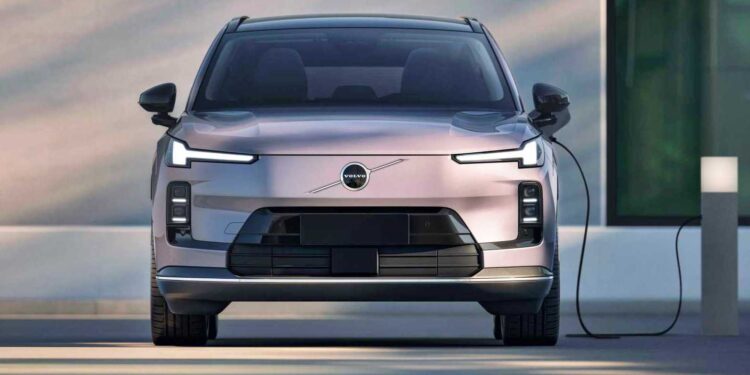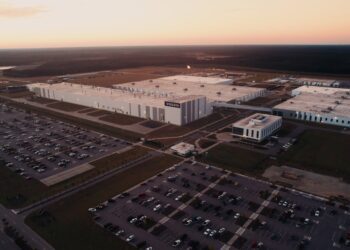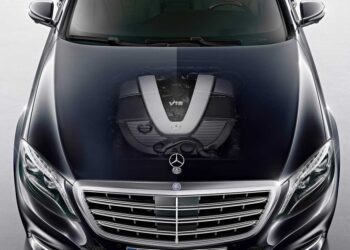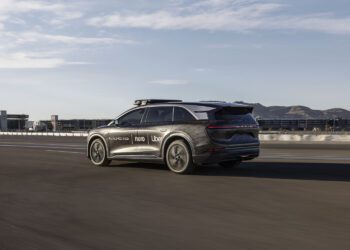Volvo just passed a major milestone that speaks volumes about where the brand and the wider industry are heading. In September, the Swedish automaker delivered its one millionth plug-in hybrid, highlighting how Volvo is using hybrids as a transitional step while it continues to push toward becoming a fully electric brand.
Back in 2019, the brand sold just under 46,000 PHEVs, which steadily grew to more than 177,000 by 2024, largely driven by demand for two models: the PHEV variants of XC60 and XC90, in markets like the U.S., Sweden, and China.
Coming out of the pandemic, as the sales of EVs slowed, demand for hybrids grew. The XC60 was not only Europe’s top-selling plug-in hybrid last year, it also led the premium PHEV segment worldwide for three years straight, and that streak continues into 2025, accounting for 23 percent of Volvo’s global sales in the first half of the year.
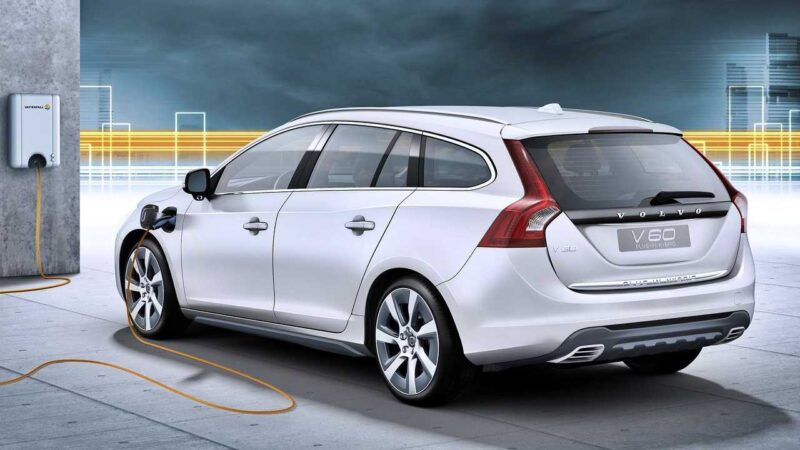
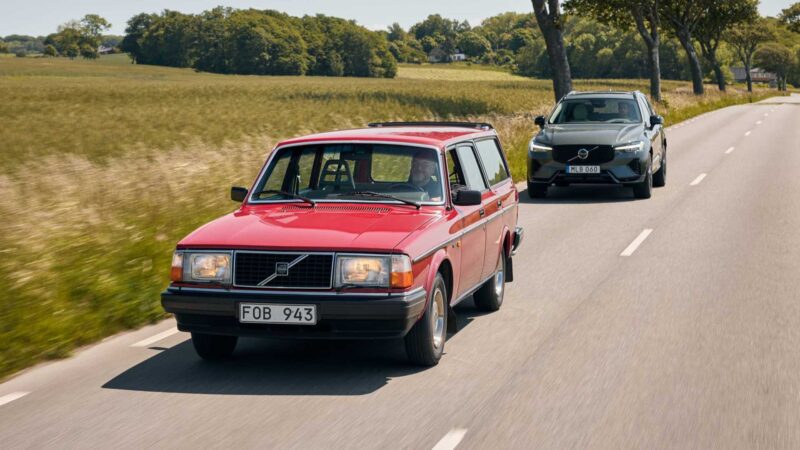
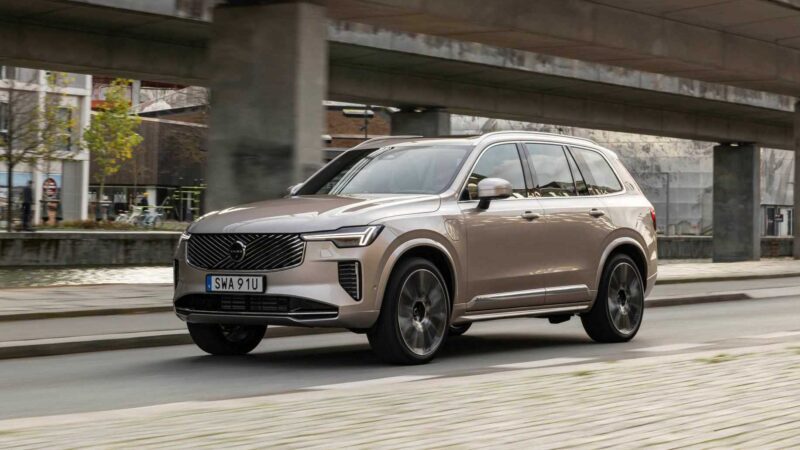
Today, Volvo claims that it has the highest plug-in hybrid share of total sales among legacy luxury automakers. That’s partly because Volvo went all-in early. It’s first PHEV hit the market back in 2012, which was the diesel-powered V60 estate. For years, it was the only brand to offer a plug-in option across every model line.
Today, Volvo still sells PHEV versions of five different models alongside six fully electric vehicles. This mixed approach is what has given them leverage over the competition, especially in markets where charging infrastructure is still inconsistent.
Volvo’s newest entry is the XC70 plug-in, the automaker’s first long-range hybrid SUV. Under China’s CLTC cycle, it’s rated for more than 124 miles of pure electric range. Expect that figure to be likely lower under EPA standards, but it still represents a meaningful leap from earlier plug-in hybrids, which often offered ranges closer to anywhere between 25 to 40 miles.
If you live in the suburbs, that kind of range is significant and could mean doing most daily errands without tapping into burning gas. Volvo’s own data backs that up, claiming its PHEV owners already drive roughly half their time on electric power alone, especially in urban areas, suggesting that the hybrids are being used as intended: i.e,. Short, local trips on electric power, and longer stints with the safety net of a gas engine.
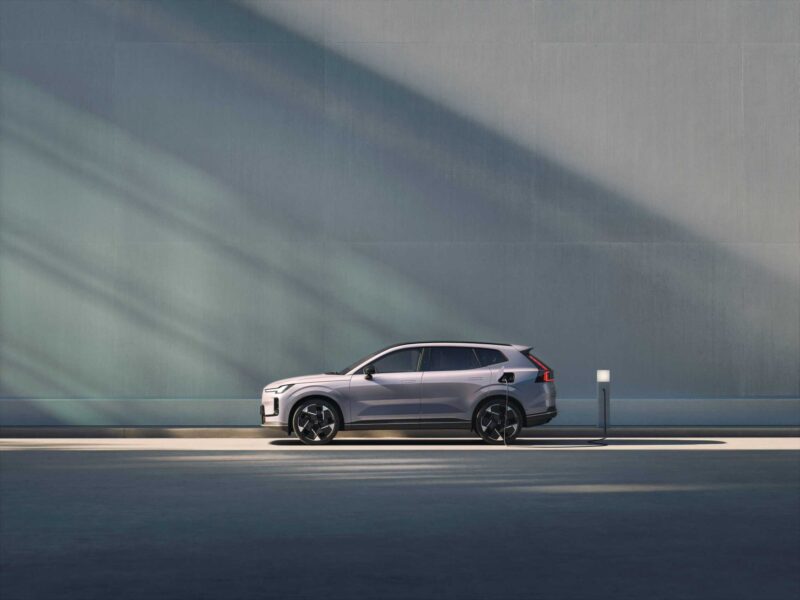
“Volvo Cars is committed to a fully electric future, and we will get there at a pace that suits our customers. Our plug-in hybrid cars are a crucial bridge towards that future for those customers who are not yet ready to go fully electric.” – Erik Severinson, Volvo’s chief commercial officer.
The bridge metaphor might feel like a talking point here, but it makes practical sense. Charging networks in the U.S. are expanding with the NACS standard, as well as Tesla opening up its Supercharger network to more automakers, which is helping, but access and reliability can be spotty, especially in rural areas.
Also, speaking of the United States, Volvo is doubling down on its South Carolina plant, where it will also soon begin manufacturing the XC60, the brand’s global best seller with more than 2.7 million units sold. That figure is staggering, considering it even outsold the brand’s iconic 240 wagon, a car that defined Volvo for decades. The Ridgeville site already manufactures the all-electric EX90 and the Polestar 3.
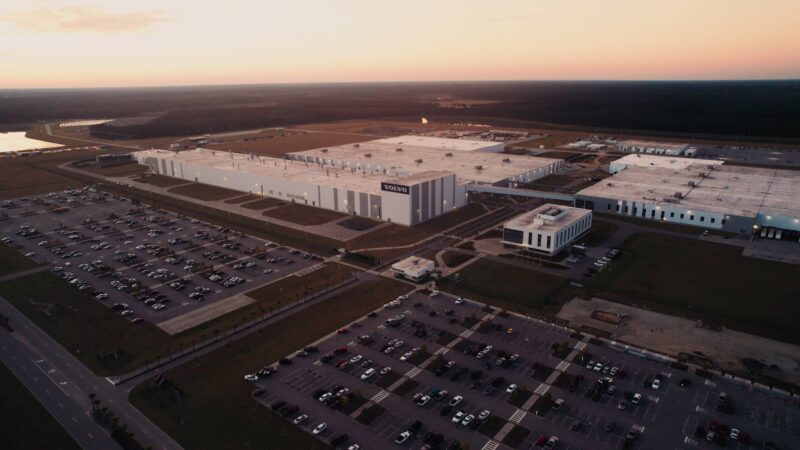
Local production will only help meet domestic demand quickly, but it will also position Volvo to qualify for incentives tied to domestic manufacturing and help Volvo stay competitive in the fiercely contested luxury crossover and SUV segments. This is in the recent light of looming uncertainty around U.S. tariffs. Looking ahead, Volvo is also planning a next-generation hybrid specifically tailored for America.
The million-unit hybrid milestone highlights how Volvo played it safe by maintaining a diversified portfolio of powertrains on its path to electrification, as both infrastructure catches up and EV tech continues to evolve.
Images: Volvo


